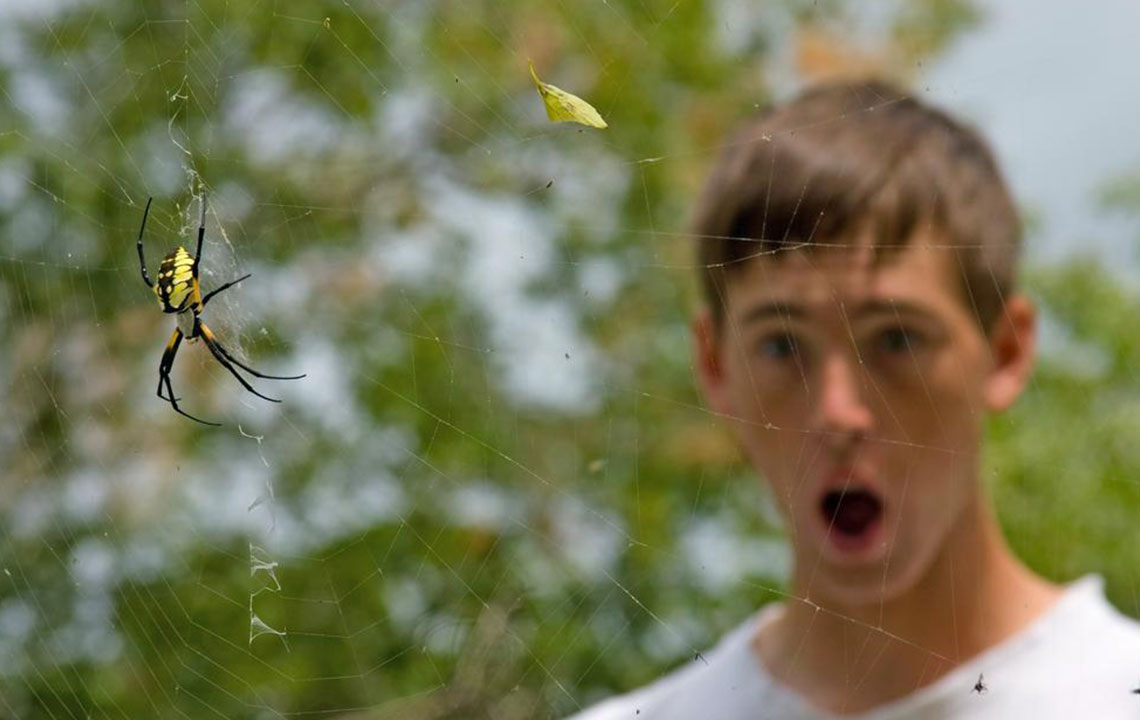Understanding Spider Bites and How to Identify Them
Spiders do not feed on humans, neither are they blood-sucking creatures. Spider bites are quite uncommon, and in fact, most spider species’ fangs don’t have the capability to pierce through human skin. A spider usually won’t bite a human, if not felt trapped or surprised. It only bites a human in defense. Putting your hand in a place like under the table, shoe or box may surprise the arthropod and cause it to bite.

Are all spider bites venomous?
Spiders are arthropods that utilize venom to kill their prey. Thus, all spiders are venomous. Luckily, spider venom is ineffective when it comes larger preys like humans. The venom of a large number of the spiders that bite individuals does nothing more than a normal insect bite.
Still, there are a handful of spider species whose venoms are strong enough to hurt people. Among these species, the two most common species are widow spiders and recluse spiders. However, bites from these spiders in the country are uncommon….
How to identify a spider bite
There are certain spider species like a brown recluse, black widow, sac spider,etc. that are extremely venomous and if someone is bitten by any of these, then he/she should seek immediate medical attention. The easiest way for spider bite identification is to see if it was any of these spiders that have bitten you.Else let an expert can verify the injury. In any case, it’s very much possible that you won’t see the injury until sometime. Here is some information on these spiders that will help you in spider bite identification.
- Brown recluse: These spiders have a preference for isolated, quiet hiding places, and are usually found in territories of low human movement, similar to attics and storage rooms.They usually bite when individuals unintentionally or intentionally come in touch with infested materials, such as shoeboxes, unworn clothes, and furniture.
For spider bite identification, it is necessary to know what type of spider it is. Here are some clues to verify a brown recluse spider:
- The neck of a brown recluse spider has a distinct violin pattern and is directed toward the abdomen.
- It varies in color and range from dull yellow, tawny to dark brown.
- Black widows
These spiders are found both indoor and outdoor. For indoor locations, they prefer isolated locations such as attics, garages, and sheds where they construct tangled crisscrossed webs. As outdoor places, you’ll find them in woodpiles, under stones,etc.
Here are some clues to verify alack widow spider:
- Spot this spider with a shiny black body and a large round abdomen.
- This species of spiders have a red hourglass on the underside of abdominal area.
- The central body of the spider is about half-inch long.
- The whole body, including legs, can stretch up to 2.5 centimeters.
- Hobo spiders
The hobo spiders build web networks to catch their prey. They are rarely found above ground level and are poor climbers. These spiders are quick runners, and their bites look similar to the brown recluse, although less severe.
Some clues to identify hobo spiders are:
- These spiders sit high on long legs.
- Their legs are brown in color and exhibit no markings.
- Hobo spiders are little aggressive in nature.
Sac spiders: Sac spiders are frequently misidentified as a brown recluse. These hunting spiders leave their sac-like webs to effectively seek out prey. Indoors, they are often found in corners of ceilings.
Some clues to identify sac spiders are:
- The color of sac spiders varies from light yellow to pale yellowish green.
- They take shelter during the day and actively hunt at night.
Apart from identifying the spiders, it is necessary to look for symptoms that may help in spider bite identification. Common symptoms of spider bite are –
- Sudden pain in the area of bite
- Fever
- Muscle pain
- Purple or red colored blister
- Sweating
- Swollen lymph glands
- Itching or rash
- Difficulty in breathing
- Anxiety
- High blood pressure
- Nausea
- Vomiting
Treatment
As part of immediate treatment after a spider bite identification, one can try the following to get instant relief
- Clean the area with a disinfectant in order to prevent infection
- Apply ice pack
- Take antihistamine to reduce itching
- You may cover the area to prevent further pollution
- Avoid scratching the wound
- Avoid physical activities
One must carefully check whether these symptoms accompany the bite during the spider bite identification process. If these symptoms are found, then it is necessary to seek medical help. Spider bites may take a long time to heal, and the skin tissue may be affected. There are many cases of misidentification of spider bite around the world. Most of these cases of misidentification have been in places where spiders are not in large numbers. Hence being aware is crucial.